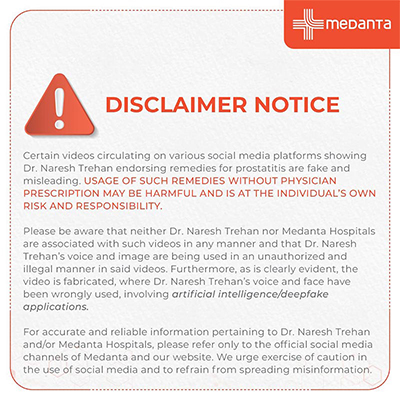
Treat Renal Cell Carcinoma
Renal Cell Carcinoma (RCC) is the most common cause associated with inferior vena cava (IVC) tumor thrombus accounting for 18% of all tumors associated with venous thrombi. The two components of the thrombus include the tumor growing into the vein as a thrombus and the ‘bland’ thrombus - clotted blood - that develops as a result of hampered drainage. Management of RCC with an associated IVC tumor thrombus can be technically challenging depending on the type and the level of thrombus. Traditional classification of IVC thrombi include Level 1 as within 2cm from the renal ostium, Levels 2, 3 and 4 as below hepatic veins, between hepatic veins and diaphragm, and above the diaphragm, respectively.
The gold standard treatment includes a radical nephrectomy with regional lymph node dissection and IVC thrombectomy. Certain pre-operative considerations for this major surgery include anticoagulation to lower the risk for pulmonary embolism, pre-operative angioembolization, and availability of a multidisciplinary team comprising of cardiothoracic and vascular surgeons.
Case Study
A 57-year-old male with diabetes, hypertension, hypothyroidism and chronic kidney disease presented to Medanta-Gurugram with bilateral swollen feet and fever of unknown origin. He had an incidental finding of a right renal mass, and, on physical evaluation, he was found to have bilateral varicocele as well. His creatinine was 1.5 mg/dl with a hemoglobin of 8.8 g/dl. Initial ultrasound revealed a right renal mass, followed by a CT scan, that revealed a large heterogeneously enhancing mass, 7.6cmx5.3cmx8.2cm in size arising from the interpolar region of the right kidney, that had two renal veins. This mass was extending into the renal sinus, both the right renal veins and contiguously into the IVC for a length of 7cm, and a width of 4.2cm into the intrahepatic IVC below the hepatic veins. Multiple enlarged collaterals were also seen. Hence, the patient was advised surgery, and he underwent an open right radical nephrectomy with Level 2 IVC thrombectomy.
Intraoperatively, a subcostal chevron incision was given and after the initial mobilization of the colon and the duodenum, IVC was exposed and the dissection carried out superiorly to take control of vessels draining into the caudate lobe to gain some extra infra-hepatic IVC length. The right renal artery was carefully dissected in the inter-aortocaval groove and ligated along with the lumbar veins. Once all the vessels were exposed, sequential clamping was performed - infrarenal IVC, the left renal vein and the suprarenal IVC. This was done very carefully to prevent dislodging of the thrombus. Next, both the right renal vein openings were incised circumferentially and the incision extended onto the antero-lateral surface of the IVC. The thrombus was excised en-bloc along with the kidney. The IVC was flushed with heparinized saline and was carefully closed with 4-0 prolene sutures and the clamps were released in the same order as they were applied.
The total intraoperative time was 210 minutes with a blood loss of 300 ml. The patient had an uneventful post-operative recovery. He was observed overnight in a high-dependency unit and was allowed clear liquids orally after eight hours. He was ambulated with support on Day 2 post-surgery and was put on a semi-solid diet. His biochemical parameters remained stable with a marginal increase in creatinine levels to 1.9 mg/dl. He was discharged by Day 5 on a normal diet.
Histopathology revealed a right renal cell carcinoma pT3b N0, Grade 2
and thrombus positive for malignancy. Patient
had regular follow up visits and at the end of two years, he is recurrence free as evidenced by interval cross-sectional imaging.
This case highlights the technical nuances and intraoperative meticulous steps that need to be followed in this major surgery to prevent devastating complications, such as thrombus dislodgement, pulmonary embolism, major hemorrhage and potential mortality.





